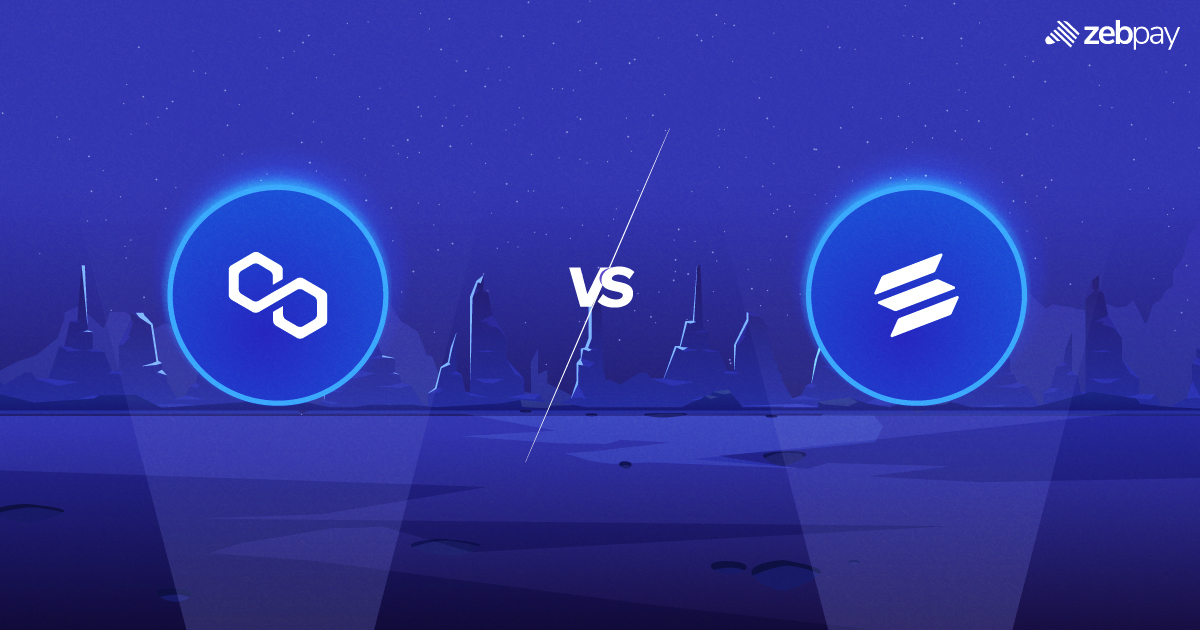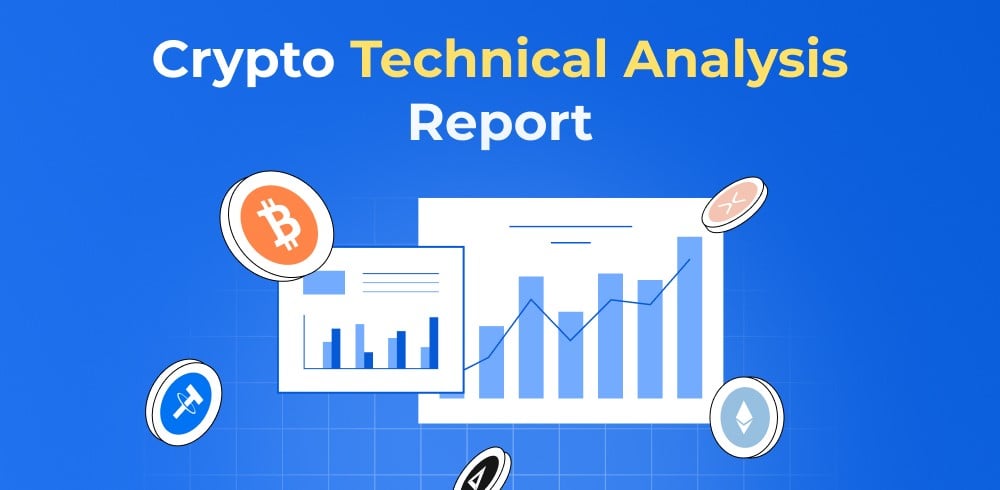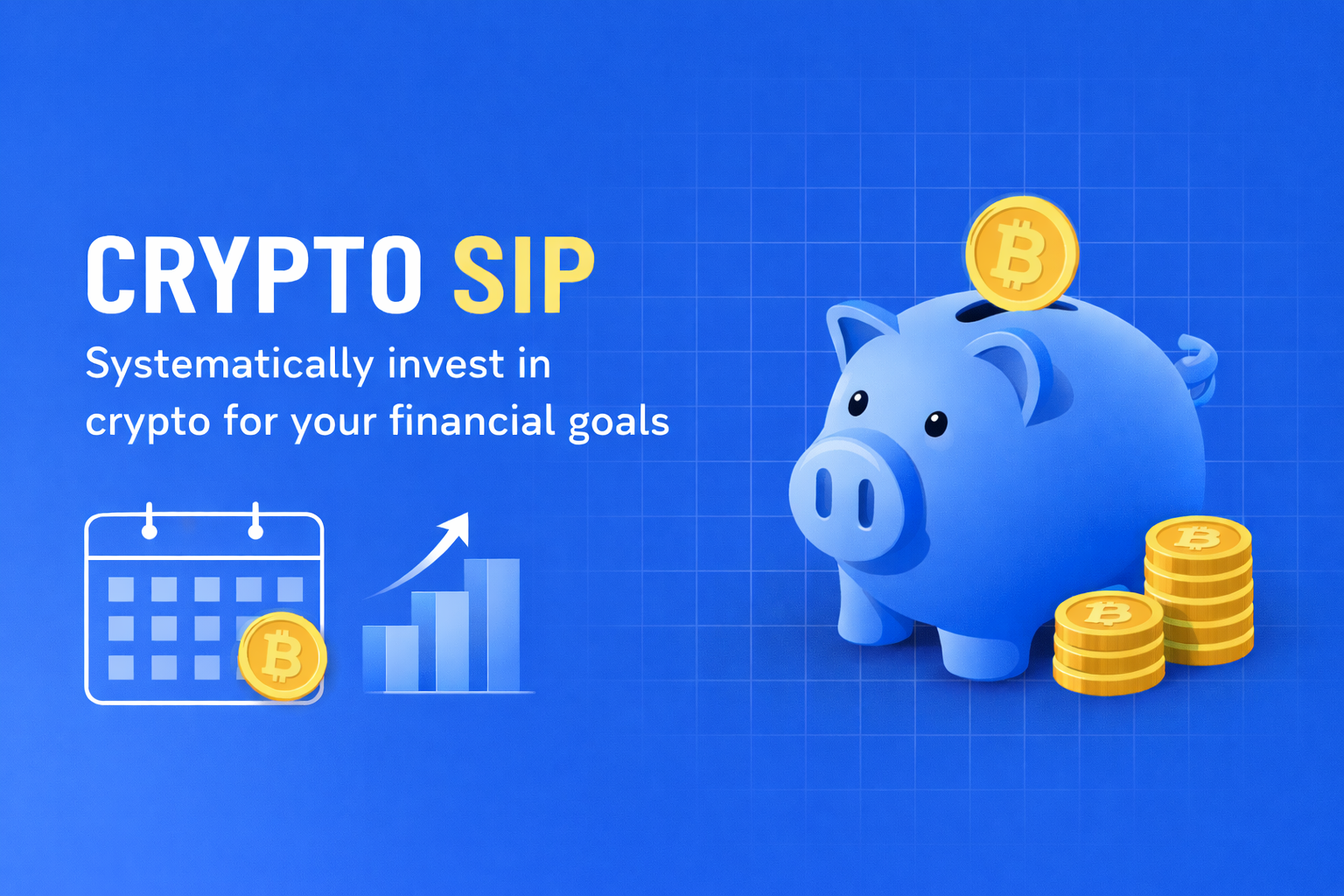Polygon and Solana are both blockchains created to solve the problems that exist with Ethereum. Because of this, they have become very popular options for investment. But to many new investors, the differences between Polygon and Solana can be confusing. So what are these blockchains and how are they different?
What is Matic Crypto?
Polygon is a layer 2 scaling solution created to grow the Ethereum network. It enables programmers to build networks of Ethereum-compatible blockchains rather than only processing a transaction’s parts on the sidechain. This has led to it becoming Ethereum’s “Internet of Blockchains”.
Polygon gives you the flexibility of a standalone blockchain while utilising the advantages and interoperability of Ethereum. One of their primary products, the Polygon SDK, is used for this.
The Polygon Network is a sidechain that belongs to Polygon. The Ethereum blockchain benefits greatly from this sidechain, including faster transaction times and cheaper gas costs. The native token of this chain is MATIC. It can be used for governance, network fees and even for staking.
What is Solana Crypto?
Solana is a blockchain platform that prioritises scalability and speed. Similar to Ethereum, it enables developers to make potent decentralised applications and smart contracts. However, it takes a step further to guarantee that the blockchain is still quick and affordable for all consumers. Its main innovation is the novel “Proof of History” consensus mechanism.
Solana Proof of History is crucial to making blockchains more accessible. In comparison to more traditional systems like Bitcoin and Ethereum, it allows the platform to process transactions thousands of times faster.
SOL is Solana’s native token. It is employed to carry out smart contracts, process transactions, and take part in network security. As a result, it supports the entire Solana ecosystem.
You can now trade MATIC and SOL on ZebPay India.
Difference between Matic Vs Solana
| Features | Polygon | Solana |
| Function | Layer 2 scaling solution built on Ethereum | Independent blockchain to compete with Ethereum |
| How it Works | Bundles transactions through “rollups” and sends them to the Ethereum network | Dual consensus with proof of history and proof of stake gives the network stability and speed. |
| Developer environment | Solidity, Ethereum Virtual Machine compatible | Rust. Not compatible with EVM |
| Market Capitalisation | $7,442,017,649 | $5,931,581,397 |
Polygon Vs Solana: Pros and Cons

Polygon
| Pros | Cons |
| Compatible with Ethereum | Has to ramp up scalability |
| Easy programming ecosystem | Polygon bridge complicates the process of investment |
Polygon Pros
- Ethereum Compatible – Ethereum is the most popular platform for DeFi and NFTs. Through its scaling solution, Polygon gains access to this massive market of users. You can use any ERC-20 token of your choice, which will be much faster and cheaper on Polygon than Ethereum.
- Developer Ease – Most blockchain developers are well-acquainted with the Ethereum development environment or EVM. Polygon’s EVM compatibility makes it simple for developers to transition to its “internet of blockchains” structure.
Polygon Cons
- Need for Scalability – Ethereum is continuing to advance and develop new features. Most of its updates are centred around better scalability and speed. If the native Ethereum blockchain can accommodate all transactions, there may be no need for a scaling solution like Polygon.
- Polygon Bridge – You cannot use your crypto assets as-is on the network. Instead, you must first bring them to the network using the Polygon bridge. This is not as straightforward as some users may like and adds friction to the system.
Solana
| Pros | Cons |
| Fast and affordable | Not compatible with Ethereum |
| Has a unified network | Network outages has plagued the blockchain in 2022 |
Solana Pros
- Fast and Cheap – Solana is one of the fastest blockchains on the market, with a speed of over 65,000 transactions per second. This is far beyond all of its competitors, which can only reach 300-1,000 TPS. Each transaction on the network also costs just $0.00025.
- Unified Network – Having several blockchains and independent applications on the same network can introduce more points of failure and vulnerabilities. Having a unified network ensures better network security.
Solana Cons
- No Ethereum Compatibility – Most users in the DeFi space choose Ethereum applications due to their high liquidity and popularity. The Solana network operates completely independently and does not have any compatibility with Ethereum.
- Network Outages – Solana is notorious for its network outages. There have been almost 5 major outages with many more partial ones, which greatly affect network functionality.
Conclusion
Between Polygon crypto vs Solana, which one should you choose? Polygon offers a much better way to interact with the Ethereum network, making the process robust. On the other hand, Solana is great for users who want the absolute best in cost and scalability.
If you want the platform with the best features, you can choose Solana. But if you want compatibility, a large user base and access to the most popular applications, Polygon is a better choice.
You can learn more about the latest events in the crypto space on ZebPay blogs. Start achieving your financial goals with ZebPay India.
FAQs on Solana vs Polygon
Is Solana Better Than Polygon?
Solana outperforms Polygon in a few key areas like cost and a unified network structure. However, this does not necessarily mean Solana is better than Polygon. As mentioned above, the choice between them depends on your needs as an investor and user.
Is Solana Faster Than Matic?
Both Solana and MATIC have the same peak transactions per second at 65,000. But Solana is ahead in one aspect – block time. This is the amount of time it takes to finalise a block and add it to the blockchain. Solana has a block time of just 400 milliseconds while Polygon takes 2.2 seconds per block.






